China’s Farmland Is Shrinking Despite Xi Jinping’s Commands
Zongyuan Zoe Liu
Former U.S. President Ronald Reagan offered his “lesson number one about America” in his
farewell address to the nation: “All great change in America begins at the dinner table.” The same is true in China. One of the first steps of the Maoist revolution was forced
collective dining, but reform and opening up of the country revolutionized Chinese households’ dinner options with an array of diverse delicacies from Dutch cheese and Norwegian salmon to Mexican avocados and Rainier cherries.
Tang Renjian, China’s minister of agriculture and rural affairs, accounted that, every day, China’s 1.4 billion people consume a staggering 700,000 tons of grain, 98,000 tons of edible oil, 1.92 million tons of vegetables, and 230,000 tons of meat. The leaders of the Chinese Communist Party (CCP) understand that “to the emperor, the people is heaven; to the people, food is heaven,” as the traditional saying goes, and they have prioritized food security as a prerequisite to maintaining power, especially after the calamitous famines of the Maoist era. For decades, coupons were necessary to buy any food—a system not fully ended until
1995, although largely dead in the cities by the mid-1980s. Despite China’s emergence as
the world’s factory, the country’s No. 1 central document, the first policy statement issued by the top authorities each year, has centered on food security and the three issues of agriculture, the countryside, and farmers since
2004.
This year is no exception, as the Central Committee of the CCP and the State Council jointly
released the highly anticipated No. 1 document for 2023 on Feb. 13. The document, which carries enormous weight, sets forth two critical priorities: safeguarding national food security and protecting farmland. While previous No.1 documents touched on these issues between 2004 and 2012, it was not until 2013, when Xi Jinping assumed leadership, that the annual No. 1 document established a consistent and resolute focus on food security and farmland preservation.
The
2013 No.1 document marked Xi’s first policy statement as China’s top leader and laid out his roadmap for enhancing China’s food security. At its core was ensuring China’s national food supply to strengthen food self-sufficiency. The document called for a robust supervision system to improve China’s food safety. It also unprecedentedly urged the need to “implement the most stringent farmland protection system and promote the development of high-standard farmland.”
Xi’s steadfast prioritization of food security is not misplaced, as China’s political system remains vulnerable to food insecurity. Amid the COVID-19 pandemic,
collective grievances aggravated by disruptions in the food supply and lockdown-induced food shortages sparked a wave of
protests in more than a dozen cities, with demonstrators demanding, “We want food, not COVID tests.” Such public expressions of dissent have been rare in China since the mass Tiananmen protests in 1989. Given such alarming circumstances, Xi has underscored that China’s growing dependence on
imported food presents a national security concern, even though China so far has been able to feed its 1.4 billion people.
Since taking office in 2013, Xi has stressed that “the rice bowls of the Chinese people must always be held firmly in our own hand and filled mainly with Chinese grain.” His
approach to safeguarding national food security rests on achieving self-sufficiency by increasing domestic supply. At the Central Economic Work Conference in December 2022, Xi
reiterated the importance of bolstering China’s capacity to ensure food security and self-sufficiency.
Xi is correct to recognize that preserving farmland is an indispensable factor in the quest to achieve food self-sufficiency. China has experienced alarming levels of farmland loss and deterioration in recent years. The most recent land use survey showed that China’s total arable land decreased from 334 million acres in 2013 to
316 million acres in 2019, a loss of more than 5 percent in just six years. Shockingly, more than one-third of China’s remaining arable land (
660 million mu, a traditional unit of land measurement in China and equal to roughly 109 million acres, slightly larger than Montana) suffers from problems of degradation, acidification, and salinization.
The land has been eroding faster in recent years. The annual net decrease of arable land has risen from about 6 million mu (about 988,421 acres) from 1957 to 1996 to more than 11 million mu (about 1.8 million acres) from 2009 to 2019. This means that between 2009 and 2019, China lost farmland equal to about the size of South Carolina. China’s diminishing farmland is also losing productivity due to over-cultivation and excess use of fertilizers. China’s fertilizer usage in 2018 was
6.4 times that of 1978, but grain yield in 2018 was only 2.2 times that of 1978.
As in many other countries, such as the
United States and
India, a major cause for China’s farmland deterioration has been its land-intensive industrialization and urbanization over the past three decades. Farmland has been expropriated to meet the strong demand for land to support the expansion of manufacturing, infrastructure, and urban development. Competing interests for land use have resulted in arable land being expropriated for more lucrative development projects. In the contest for land use among food growers, cash-crop planters, and property developers, profit maximization often trumps the needs of food farmers, especially when imported foods are much cheaper than locally grown options.
Read More

Russian President Vladimir Putin meets with Chinese State Counselor Wang Yi in Moscow on Feb. 22.
Is China Stepping Up Its Support for Russia?
Beijing has reinforced its anti-U.S. messaging this week, but lethal aid for Moscow still seems to be a red line.
Satellite monitoring data shows that grain planting accounts for about
70 percent of China’s existing arable land, while the remainder is used for growing cash crops, gardens, forestry, or left fallow. Several Chinese researchers, such as
scholars from Anhui and a
team from China Agricultural University and China’s Ministry of Natural Resources, have independently reached the same conclusion that by the time China achieves an urbanization rate of 70 percent by 2030, the country is likely to lose about
20 million mu (about 3.3 million acres) of high-quality arable land..
In March 2022, the State Administration for Market Regulation and the Standardization Administration of China jointly
issued “General Rules for Well-Facilitated Farmland Construction,” which set quantifiable criteria for high-quality farmland for different Chinese regions. The Chinese government aims to develop
1.2 billion mu of high-quality farmland (about 198 million acres) by 2030, an area larger than Texas. The government plans to increase investment in high-standard farmland to an annual average of 3,000 yuan per mu nationwide, which requires a yearly investment of at least
75 billion yuan for 2023-2030. However, current investment significantly falls short at only
1,458 yuan per mu, less than half of the target, due to local government fiscal difficulties and declining central government subsidies.
Yet, however necessary it might be, Xi’s prioritization of food security and farmland protection does not and cannot come for free. Implementing restrictive farmland protection policies will inevitably reduce local governments’ fiscal capacity because revenue from land-use-right sales constitutes the majority of local government revenue—as it has done since fiscal reforms in the 1990s left regular tax income flowing toward the central government, not local authorities. In 2022, local governments’ land-related income
fell for the first time in six years, primarily due to declined revenue from land-use-right sales.
According to China’s Ministry of Finance, local government revenue from land-use-right sales fell from a record high of
8.7 trillion yuan in 2021 to
6.68 trillion yuan in 2022, a reduction of 23.3 percent. Given that revenue from land-use-right sales remained as high as
51.29 percent of local government revenue, any further decrease in this revenue source will worsen their fiscal capability to finance public expenditures, including funding the development of high-quality farmland urged by Xi.
In addition, the massive nationwide spending on COVID controls in 2020-2022, which the
BBC reported to be somewhere between 520 billion yuan and 1.56 trillion yuan, coupled with the decline in local government revenue, suggests that neither the central authorities nor local governments will have the fiscal capacity to increase expenditure on farmland protection without increasing their debt. Allocating money to finance farmland protection with debt proceeds is particularly challenging when the government has another more urgent priority: boosting economic recovery by encouraging
Chinese households to expand their
consumption.
Stripped of financial resources, local governments are more incentivized to boost land sales and increase revenue than to abandon selling farmland, especially when the immediate priority is to jump-start an economic rebound. To this end, in November 2022, the People’s Bank of China and China’s Banking and Insurance Regulatory Commission jointly
issued a set of 16 measures to revive the country’s
distressed property market and help developers secure financing. This policy change suggests the party-state is once again
betting on the property market’s recovery to restore growth.
Over the past two years, Chinese private property developers such as Evergrande and Vanke have
pulled back from aggressive land purchasing due to stringent restrictions. While this reduced demand from private property developers should have helped alleviate the temptation to appropriate farmland for property development, much of the demand void has been filled by state-owned enterprises and government-backed developers or companies, such as local government financing vehicles (LGFVs). LGFVs allow local governments to raise off-balance-sheet debt through bond issuance to fund long-term infrastructure investment without increasing their on-the-book leverage ratio. A
report by Haitong Securities, a Shanghai-based securities brokerage firm, showed that in 2022
Local governments are desperate to balance the books with land sales.

foreignpolicy.com

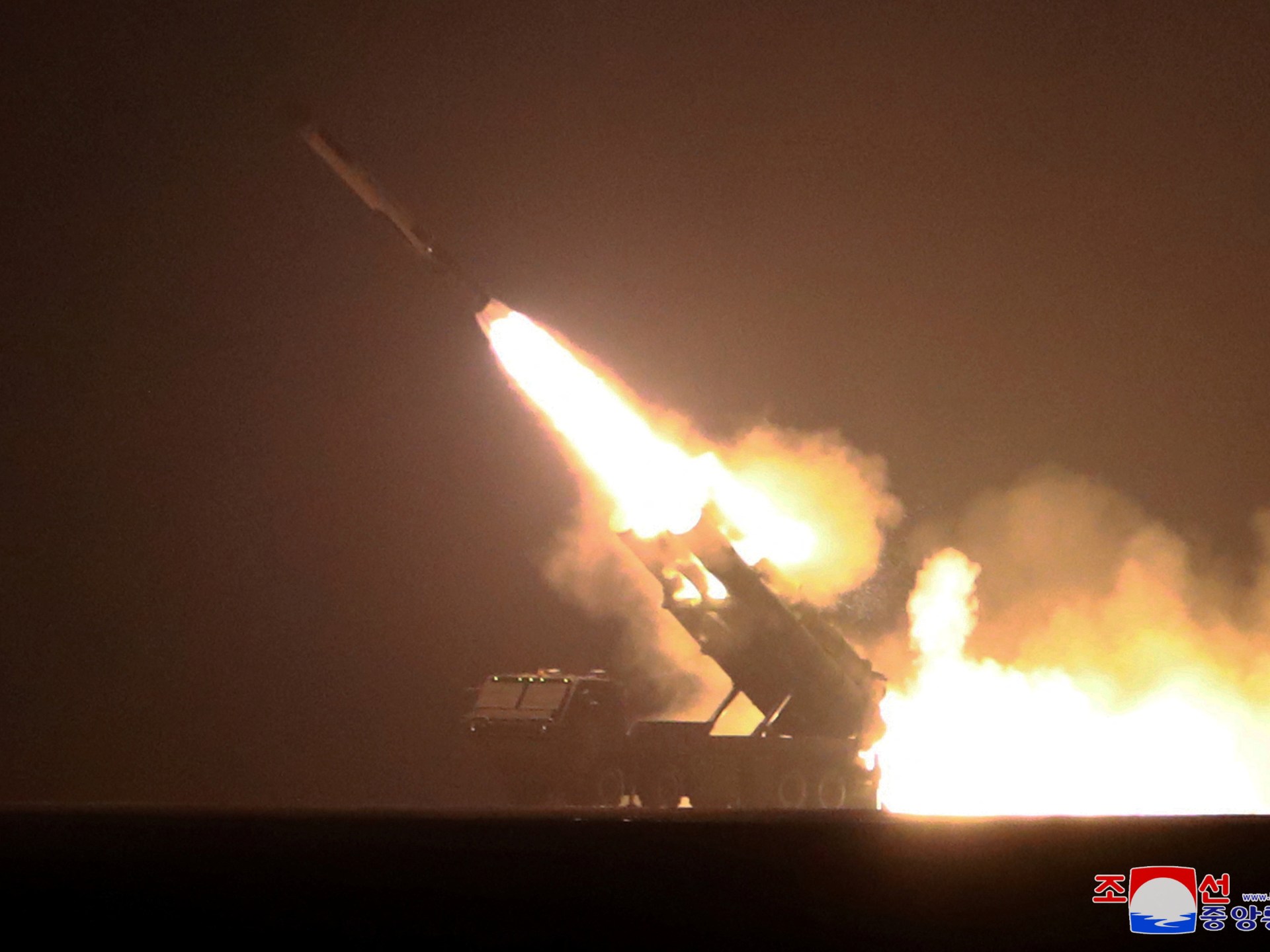
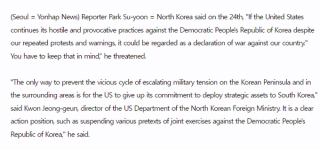


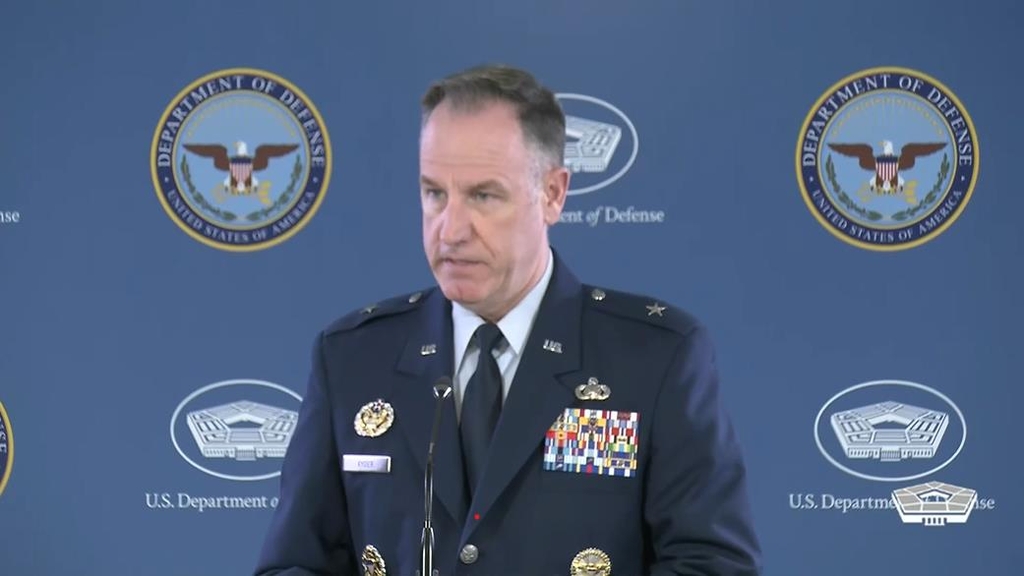


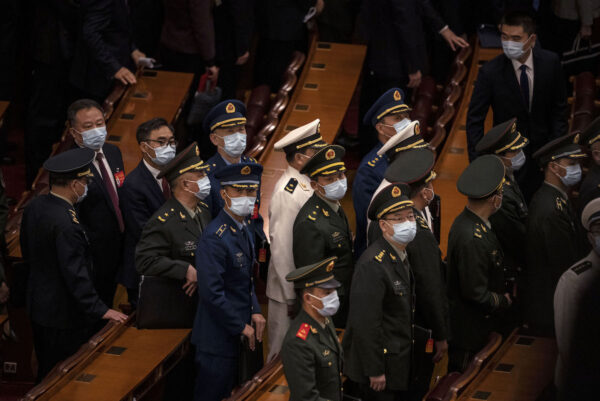


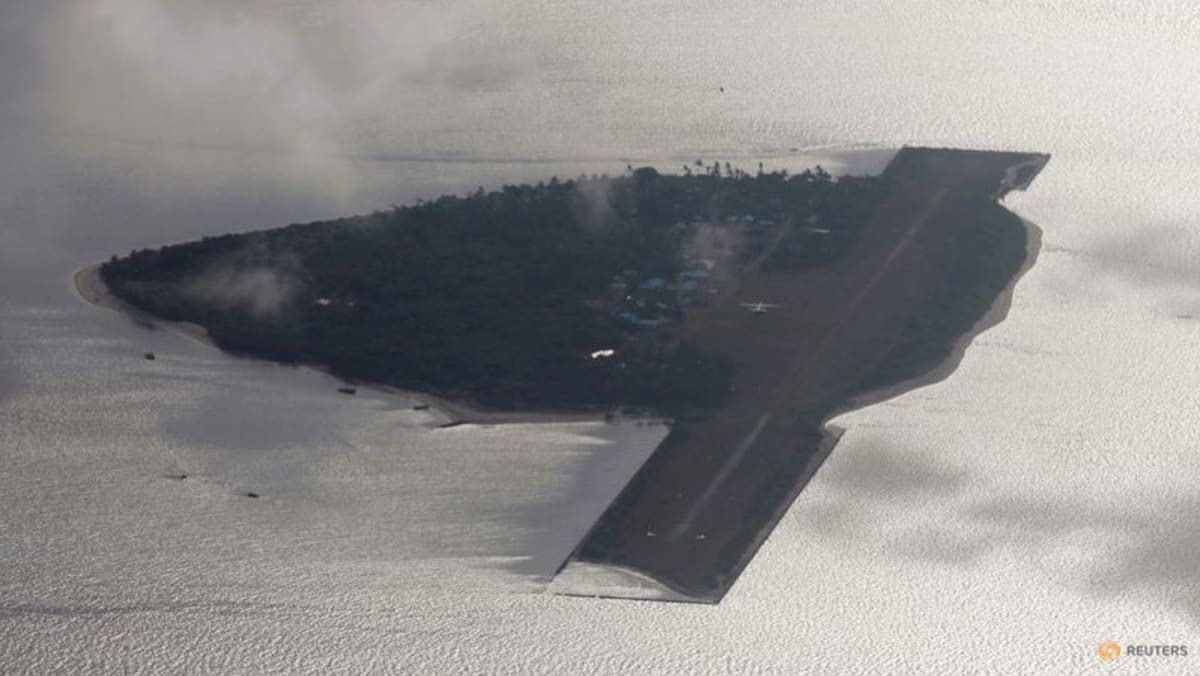
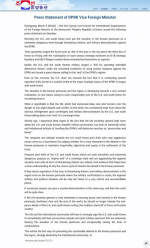


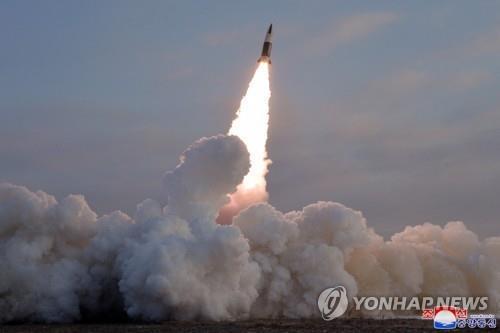
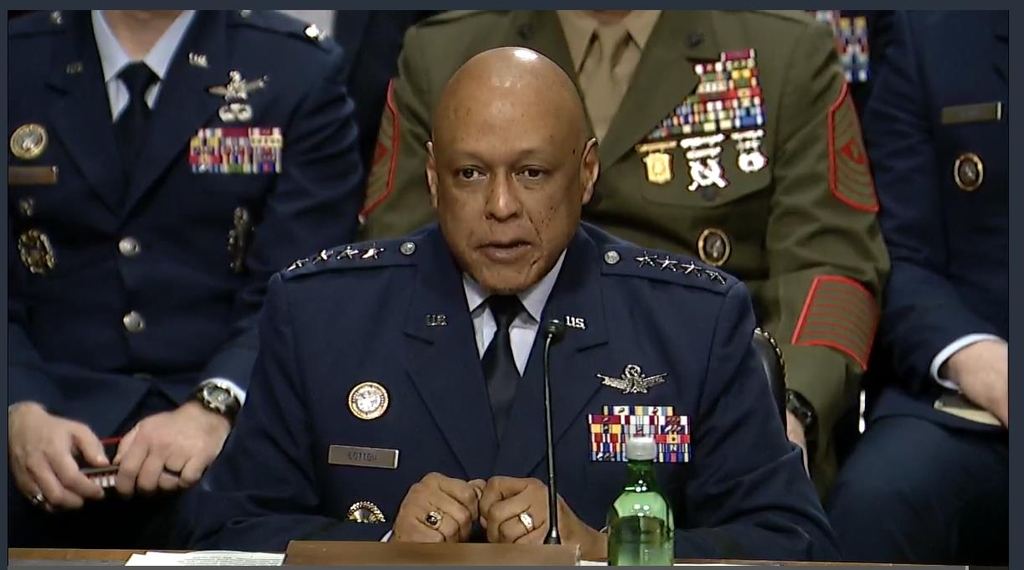

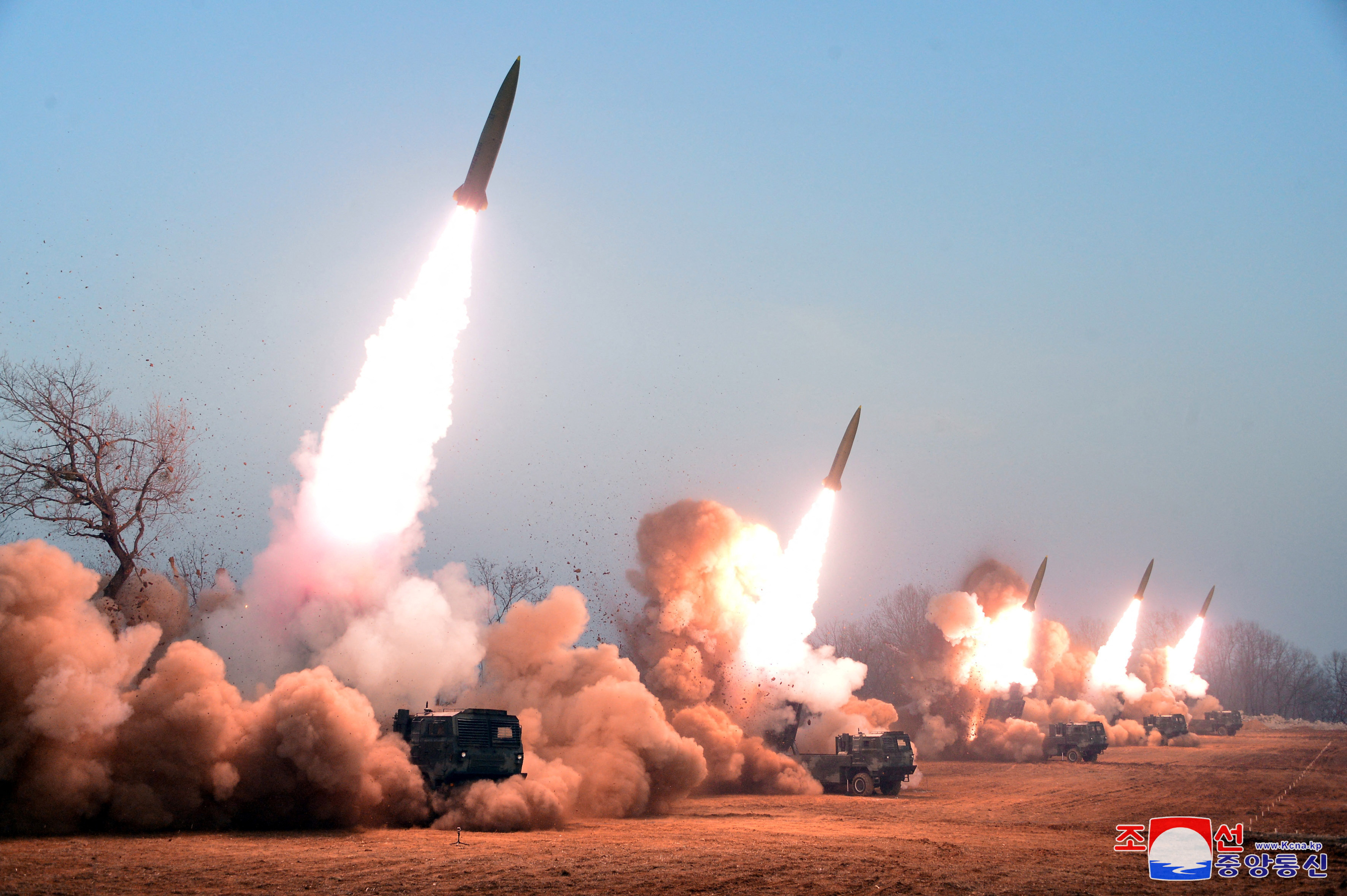
/cloudfront-us-east-2.images.arcpublishing.com/reuters/53RGMRQKHJJS5ELBKNMNDNBVHI.jpg)